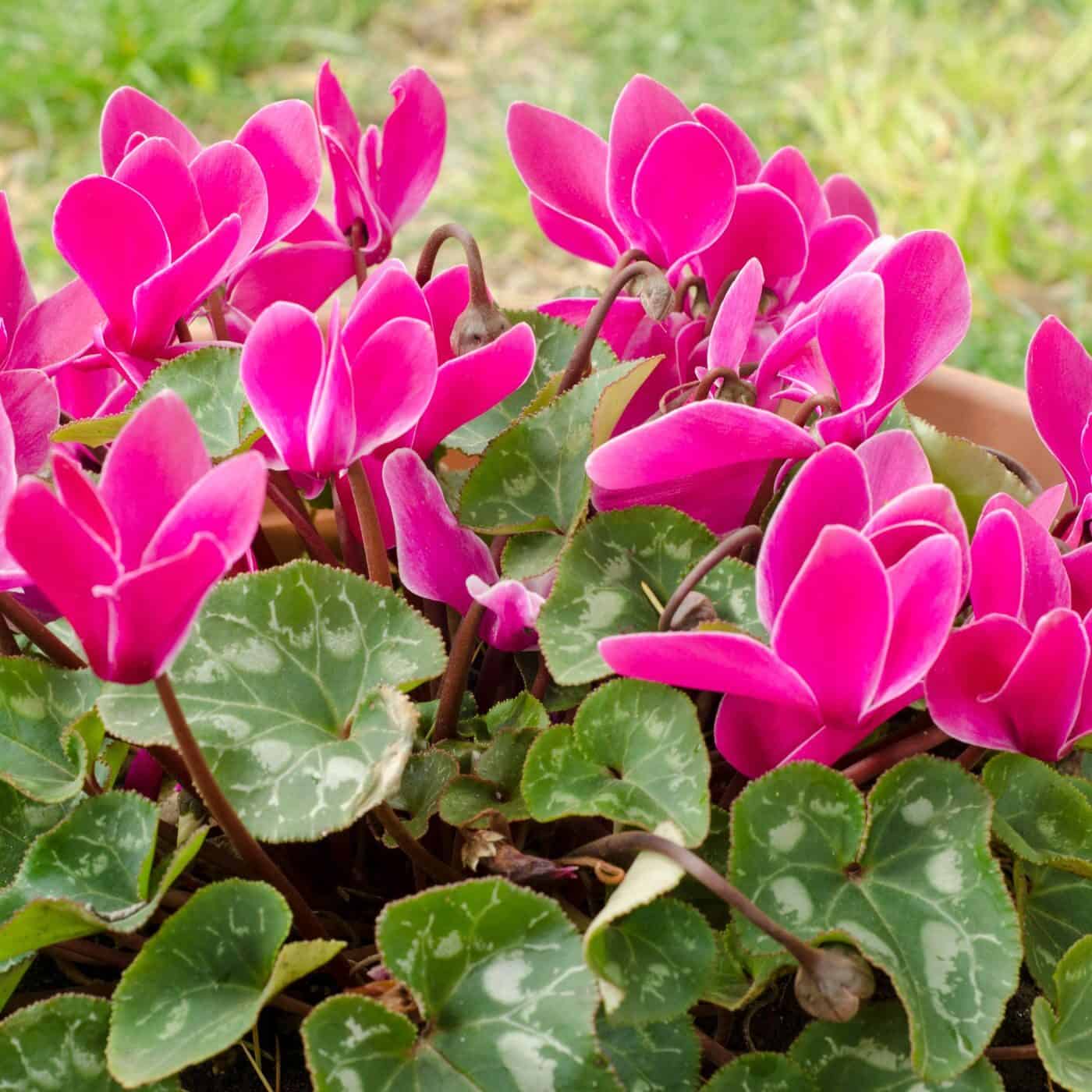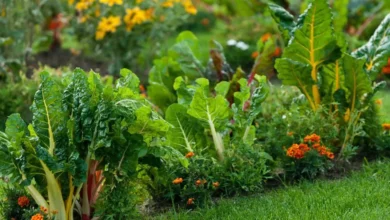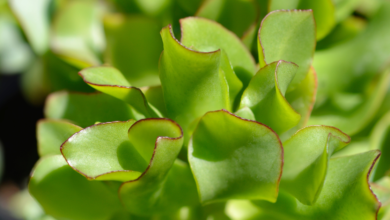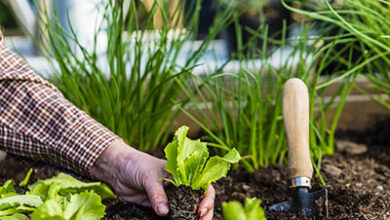Calla lilies are elegant and beautiful flowers that can be found in many gardens. They’re a classic choice for adding color to your garden and make an excellent addition. With their bright sculptural petals, these flowers stand out from other plants in the garden.
When planting calla lilies in your garden, choose a spot with full sun exposure or partial shade, depending on your climate zone. The soil should be light and well-draining, with lots of organic matter added for nutrients. If possible, add some composted manure or peat moss before planting to help retain moisture while providing essential nutrients for the plant’s growth cycle.
Watering regularly is essential for maintaining these flowers’ health, helping them last through their extended bloom period. To keep calla lilies looking their best all season long, fertilize regularly using a balanced fertilizer specifically designed for flowering plants like callas every few weeks during the growing season (spring through fall).
Finally, when winter arrives, it is time to dig up your callas before frost sets in (in areas with cold winters). Store them indoors until springtime, when they can go back outside again. With proper care, these gorgeous flowers will bring beauty into any outdoor space year after year.
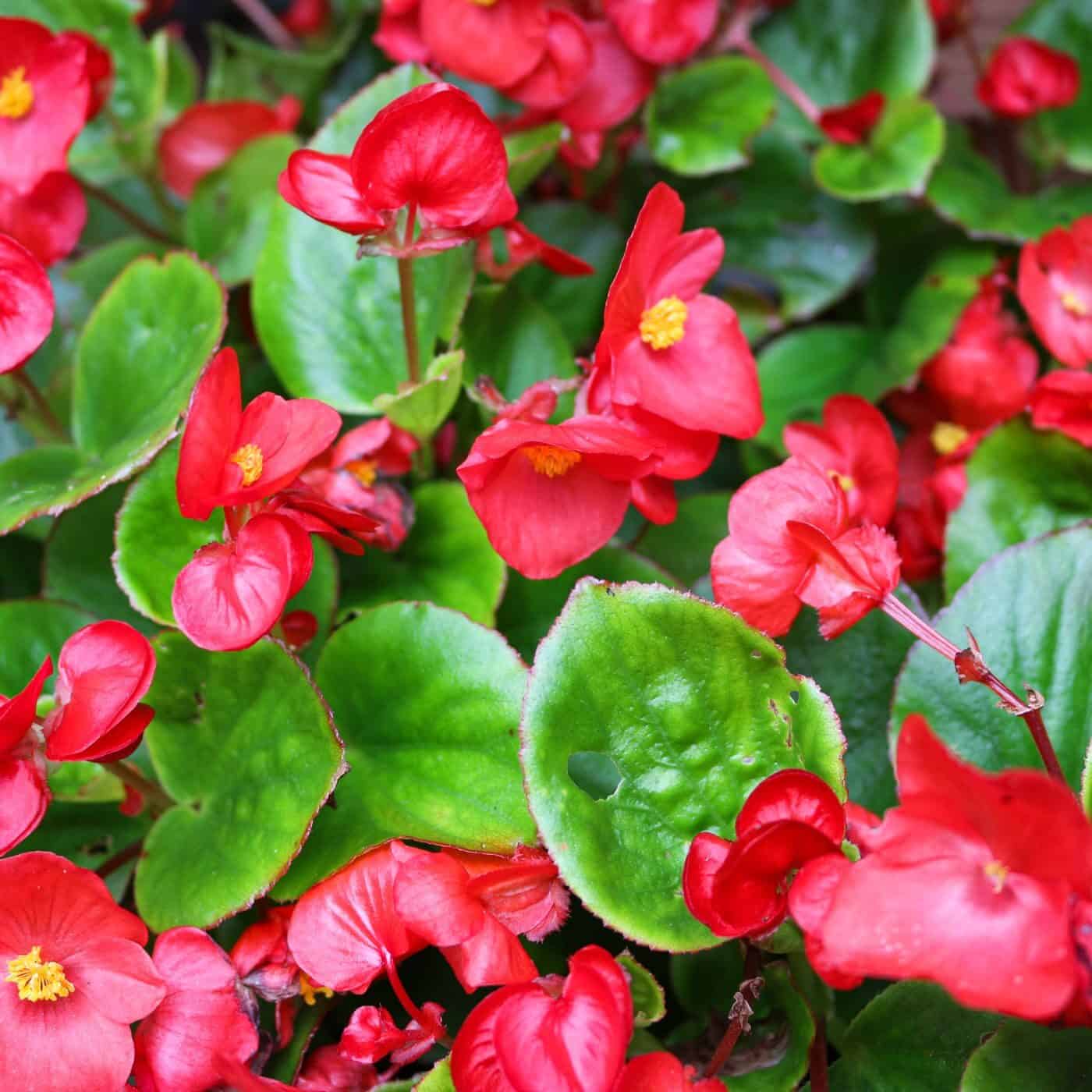
6. Begonia
Begonias are a favorite among gardeners. Begonias come in an array of hues, forms, and dimensions to suit any exterior space. Plus, they’re easy to care for and can thrive even in shady areas. Whether you’re looking for something low-maintenance or want an eye-catching statement piece for your yard, begonias are a perfect choice.
No shortage of options exists when it comes to begonias. Wax begonias offer waxy leaves in green or bronze hues; rex begonias showcase intricate foliage patterns; tuberous begonias flaunt bright pink and yellow blossoms; angel wing varieties sport delicate white flowers on long stems; and dragon wing types boast dramatic red petals resembling wings when open.
No matter which types you choose, all begonia plants need similar conditions to thrive: moist soil (but not soggy), indirect sunlight (or filtered light indoors), and regular watering during active growth periods (spring through fall). Fertilize regularly during their growing season using an organic fertilizer formulated specifically for flowering plants – this will help promote more blooms throughout the summer months.
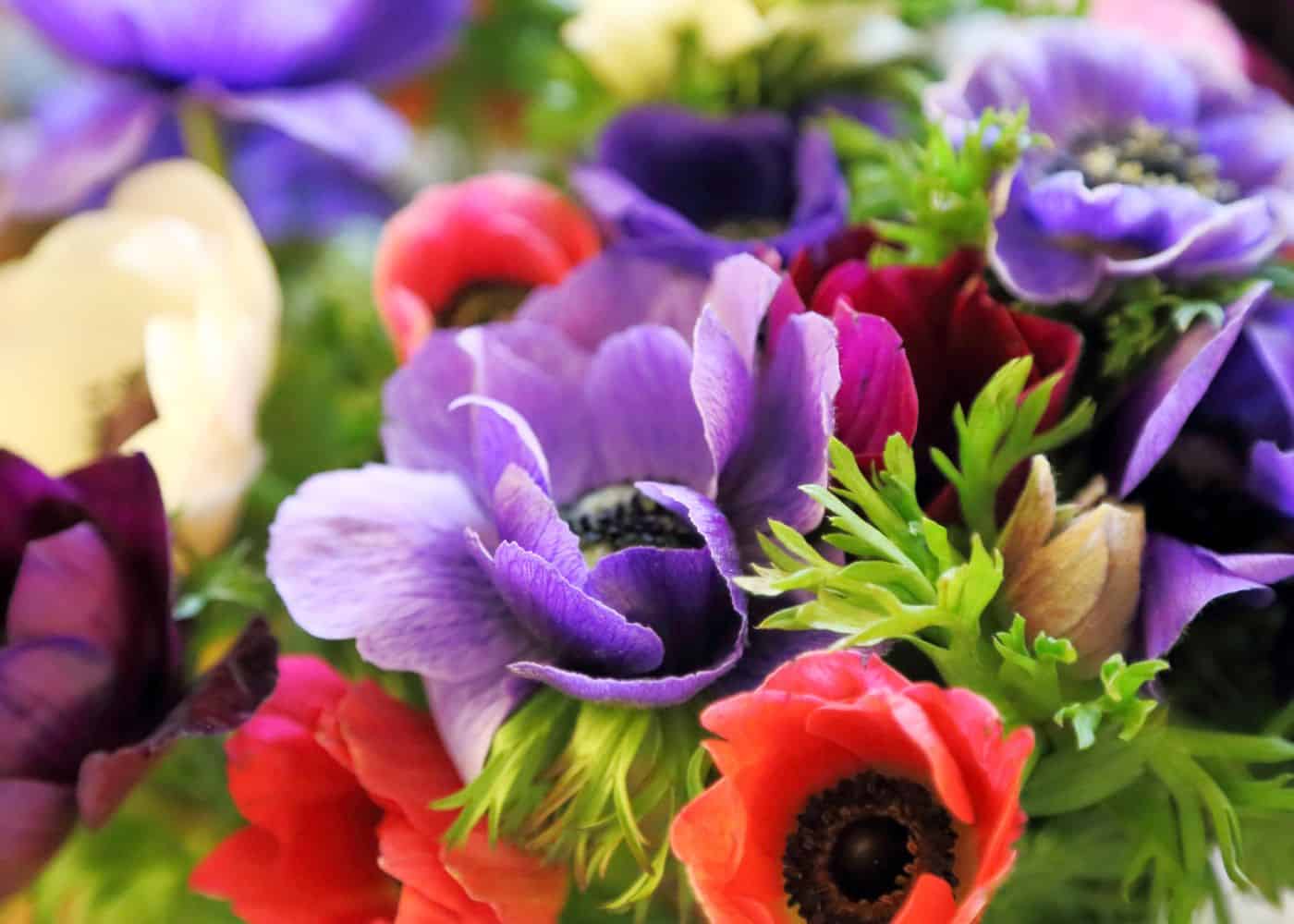
7. Poppy anemone
Poppy anemone is a beautiful flower typically planted in spring that can add color and life to any garden. The blossoms of poppy anemone come in a variety of vibrant hues, including pink, red, white, and even yellow. The foliage is also attractive with its feathery leaves. They are easy to care for and will thrive in full sun or partial shade locations.
The poppy anemone grows best in moist soils with good drainage but can tolerate some drought conditions once established. The poppy anemone does not thrive in overly warm environments, so it is best to keep them away from areas that experience extreme heat during the summertime.
It’s important to water your poppy anemones regularly during dry spells; however, avoid overwatering as this could cause root rot or other fungal diseases on the plant’s roots which may lead to death if left untreated for too long. Make sure you mulch around the base of your plants after planting – this helps retain moisture levels while keeping weeds away from their delicate stems and leaves.
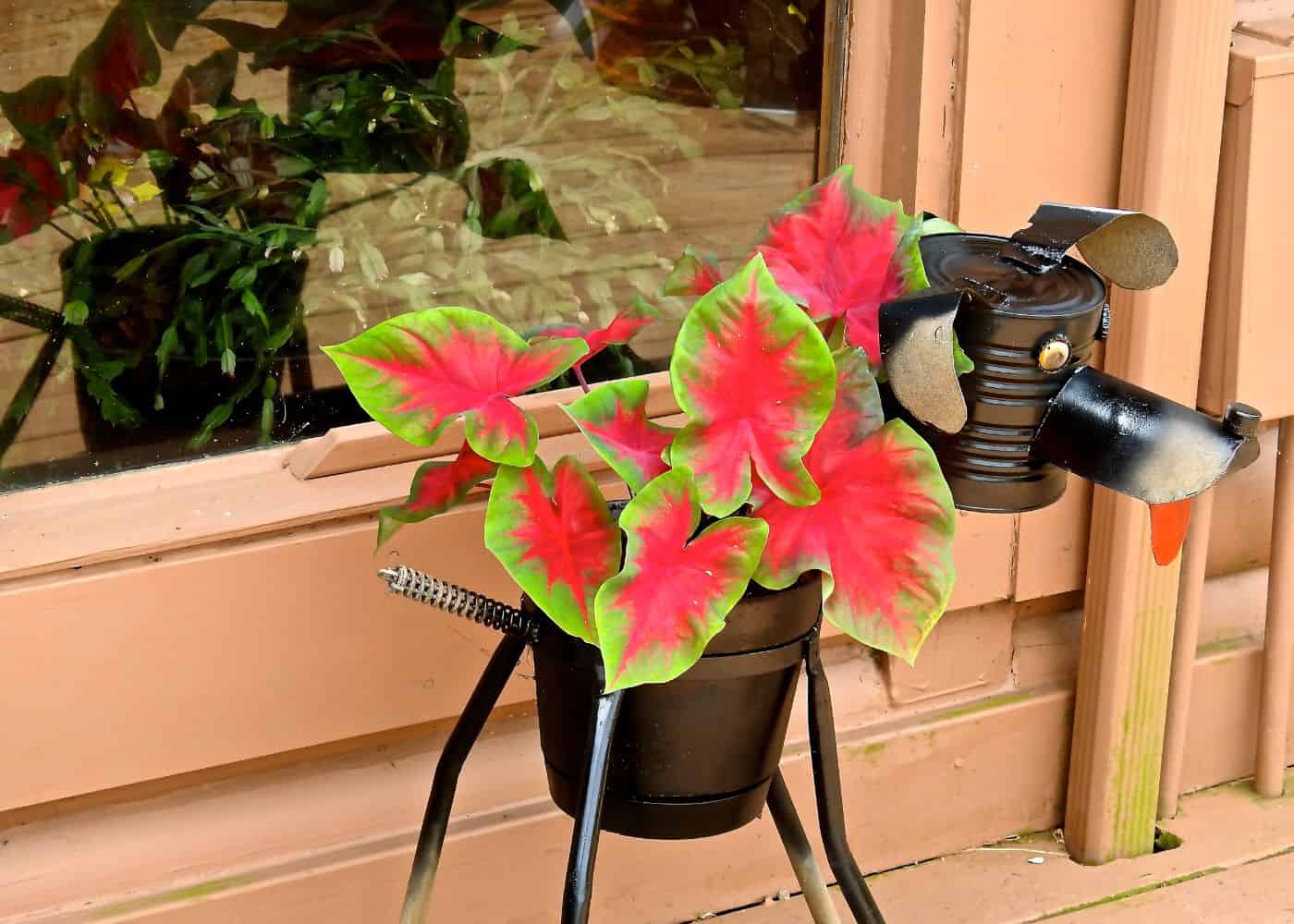
8. Caladium
Caladium is a lush tropical plant boasting bold, vivid foliage in hues of pink, red, white, and green – an ideal pick for bringing vibrancy to your garden with minimal upkeep. It’s easy to care for and requires minimal maintenance once established. This makes caladiums perfect for busy homeowners who want to add a splash of color without having to spend too much time tending their gardens.
Caladiums can be planted in full sun or partial shade depending on the variety you choose. Keep the soil damp, yet not overly wet to prevent root decay. Fertilize monthly during the growing season with a balanced fertilizer. If planting multiple plants together, space them at least 12 inches apart so they have enough room to grow properly without overcrowding each other out.
When planting caladium bulbs, dig holes about twice as deep as the bulb itself and place them pointy side up in the hole before covering them back up with soil and gently pressing down around it until firmly packed in place. Water thoroughly after planting then continue regular watering throughout its growing season (April through October).
